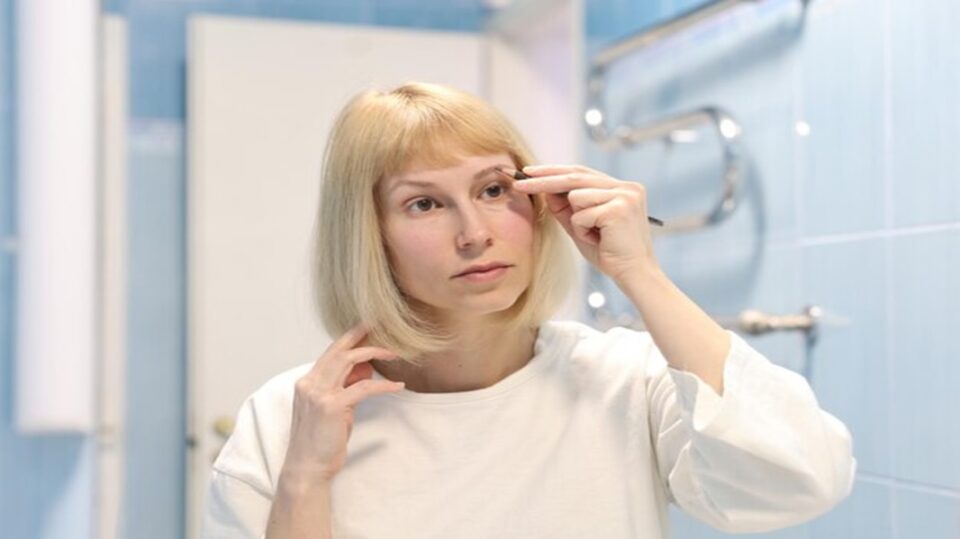Maintaining optimal eye health is essential for overall well-being and quality of life. Comprehensive eye care encompasses a wide range of services, from routine eye exams to advanced treatments for various eye conditions. This article explores the importance of thorough eye health assessments, the diagnostic processes involved, and the treatment options available for preserving vision and enhancing quality of life.
The Importance of Regular Eye Examinations
Regular eye examinations are crucial for detecting potential vision problems and eye diseases early. Many eye conditions, such as glaucoma and diabetic retinopathy, can develop without noticeable symptoms until significant damage has occurred. Comprehensive eye exams allow eye care professionals to identify these issues before they progress, ensuring timely intervention and treatment.
Diagnostic Techniques in Eye Care
Advancements in technology have significantly improved diagnostic techniques in eye care. Eye care professionals utilize specialized equipment to conduct thorough assessments of the eyes. Common diagnostic tools include:
Visual Acuity Tests
Visual acuity tests measure how well a person can see at various distances. These tests typically involve reading letters on an eye chart, allowing the eye care professional to determine the sharpness of vision.
Slit-Lamp Examination

A slit-lamp examination provides a detailed view of the eye’s structures, including the cornea, lens, and retina. This examination allows for the identification of abnormalities, such as cataracts or signs of eye disease.
Retinal Imaging
Retinal imaging technology, such as optical coherence tomography (OCT), allows for detailed visualization of the retina. This non-invasive technique helps detect early signs of retinal diseases and monitor changes over time.
Treatment Options for Eye Conditions
Once a diagnosis is made, various treatment options are available to address specific eye conditions. Treatment plans are tailored to the individual’s needs and may include:
Corrective Lenses
For individuals with refractive errors, corrective lenses such as glasses or contact lenses are commonly prescribed. These lenses help improve visual clarity and enhance overall quality of life.
Medical Treatments
Certain eye conditions may require medical interventions. For instance, eye drops may be prescribed to manage glaucoma or treat inflammation. In cases of diabetic retinopathy, laser therapy or injections may be recommended to prevent vision loss.
Surgical Interventions
Surgical options are available for more severe eye conditions. Procedures such as cataract surgery can restore vision by removing the cloudy lens and replacing it with an artificial one. Laser surgeries, like LASIK, are also popular for correcting refractive errors.
The Role of a Medical Facility in Eye Care
Access to a reputable medical facility is essential for comprehensive eye care. These facilities are equipped with the latest technology and staffed by trained professionals who specialize in eye health. A multidisciplinary approach to eye care ensures that patients receive comprehensive evaluations and treatment options tailored to their specific needs.
Moreover, medical facilities often provide educational resources to help patients understand their conditions and treatment options. This empowers individuals to make informed decisions about their eye health and encourages proactive management of any issues that may arise.
Conclusion
Comprehensive eye health is vital for preserving vision and enhancing overall quality of life. Regular eye examinations, advanced diagnostic techniques, and tailored treatment options are essential components of effective eye care. By prioritizing eye health and seeking care from qualified professionals at a reputable medical facility, individuals can take proactive steps toward maintaining their vision and well-being. Ultimately, investing in comprehensive eye care ensures that individuals can enjoy a lifetime of clear vision and improved quality of life.

